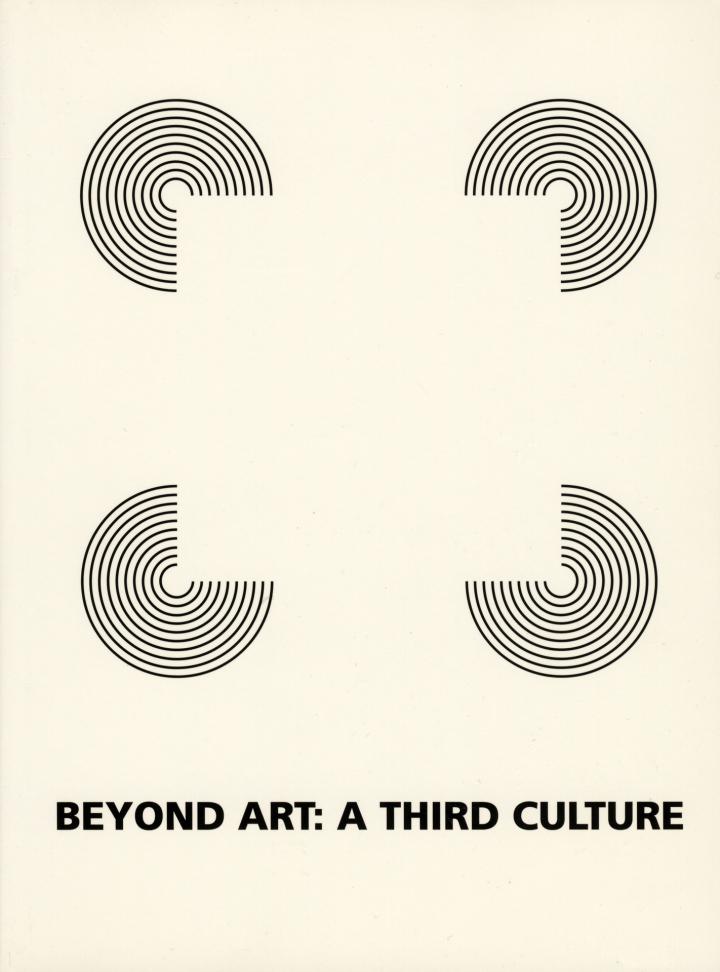Helmut Gruber: Red Vienna: Experiment in Working-Class Culture, 1919-1934 (1991)
Filed under book | Tags: · 1920s, 1930s, austria, city, communism, labour, marxism, politics, socialism, urbanism, vienna

“From 1919 to 1934, the Socialist government in Vienna sought to create a comprehensive working-class culture, striving to provide a foretaste of the socialist utopia in the present. In Red Vienna, Gruber critically examines the impact of this experiment in all areas of life, from massive public housing projects and health and education programs to socialist parades, festivals, and sporting events designed to create a ‘new’ working class.”
Publisher Oxford University Press, 1991
ISBN 0195069145, 9780195069143
x+270 pages
Reviews: Mark Emanuel Blum (Central European History, 1992), George V. Strong (History of European Ideas, 1993), William D. Bowman (Journal of Social History, 1993), Alfred Diamant (American Historical Review, 1993), J. Robert Wegs (Austrian History Yearbook, 1993), Karen J. Vogel (American Political Science Review, 1993), Albert Lindemann (International Labor and Working-Class History, 1993).
PDF (12 MB, updated on 2021-4-22, via Libcom.org)
PDF (6 MB, added on 2021-4-22, via ZLibrary)
See also Eve Blau’s The Architecture of Red Vienna, 1919-1934, MIT Press, 2000 (PDF, 18 MB)
Comment (0)Peter Weibel (ed.): Beyond Art: A Third Culture. A Comparative Study in Cultures, Art and Science in 20th Century Austria and Hungary (2005)
Filed under book | Tags: · art, art and science, art history, austria, computer art, conceptual art, cybernetics, history of science, hungary, mathematics, media art, philosophy, psychoanalysis, technology

“Austria and Hungary in the 20th century were nations that made enormous achievements in the formal sciences and arts: abstraction, logic, mathematics, physics, positivism, psychoanalysis, cybernetics, constructivism, economics, art, media art, and concept art. Art and science are usually divided into two different cultures, and nations, too, are seen as having separate ones. This book delivers a new model of consilience and convergence of art and science by closely studying in a material historical way by using a multitude of original papers and contributions, photographs, documents, bibliographies, biographies, and survey essays, the mutual influence of art and science in Austria and Hungary. In fields ranging from Gestalt psychology to Quantum physics, from constructivism to theories of vision, from holography to cyberspace, we discover a multitude of ideas, books, movements and personalities that have deeply influenced the world. Richly illustrated, the book is a nearly invaluable sourcebook, in which a new method, resembling more a CD-ROM narration than a dictionary, has been used to map an unknown horizon of knowledge. Those involved in the history of science or art and in the field of cultural theory, will find an incomparable frame of reference and information. They will discover not only genius, talents and themes they have not been aware of, but also a new model of culture, a third culture. The book is graphically and structurally user-friendly with a synopsis for each chapter, models, diagrams, images, corolaries and index etc.”
Publisher Springer, Vienna, 2005
ISBN 3211245626, 9783211245620
616 pages
PDF (40 MB, updated on 2019-10-30)
Comments (2)
